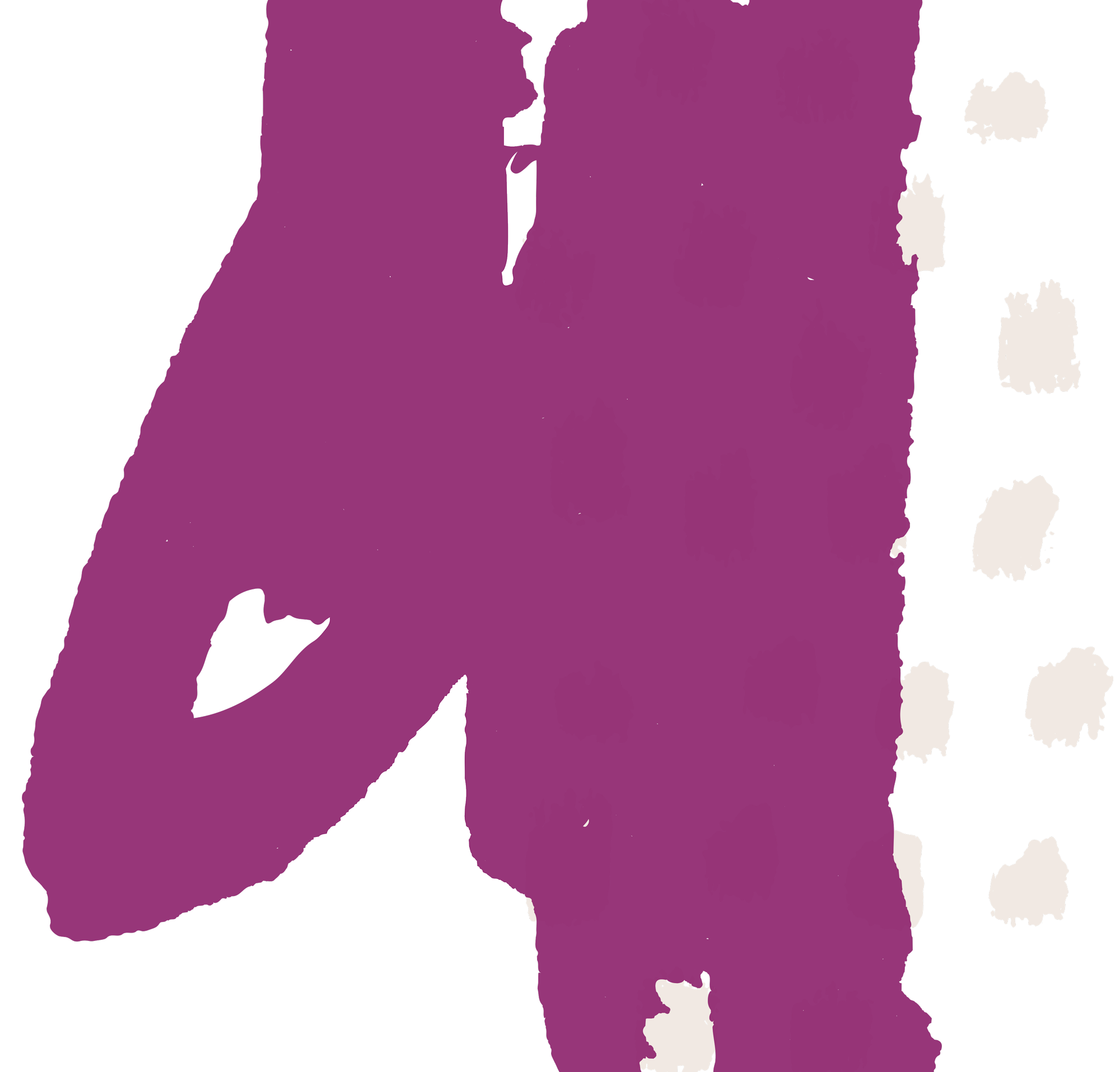
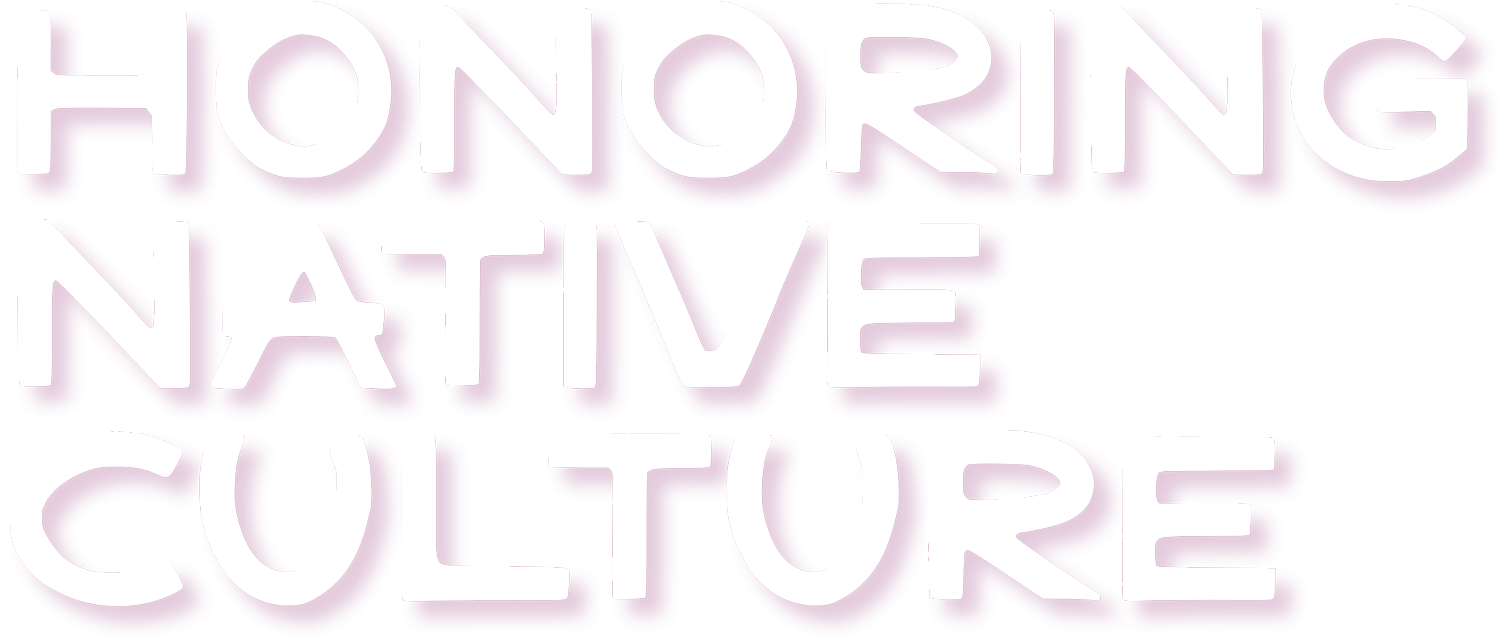
Small districts partner with local tribes to support Indigenous youth
History, when explored fully, is often uncomfortable. But acknowledging it is the first step toward rebuilding relationships with Native American families and addressing students’ academic and social-emotional needs.
Klamath-Trinity Joint Unified School District trustee Laura Lee George, a Karuk tribal member born and raised on the Hoopa Valley Reservation in Humboldt County, said it’s crucial that relationships be built upon understanding of both history and culture. “Unless you understand Indian families, their relationships with schools, the traumas they’ve endured and where the strengths of the family are, it’s hard to get people to take [Native students] seriously,” she said.
by Alisha Kirby

eorge, now in her final term on the board, is a lifelong advocate for Native youth and education. A graduate of California State Polytechnic University, Humboldt’s Indian Tribal and Educational Personnel Program, she taught courses including History of Indian Education at Humboldt State and served as director of the ITEPP before entering Klamath-Trinity as the district’s assistant superintendent of business/personnel.
In some ways, a lot has changed since the original Indian Teacher Education Project was established in 1969 through grassroots efforts by local tribal members and college faculty to provide a teacher preparation program for 18 American Indian students at Cal Poly Humboldt.
In the approximately 1,000-student Klamath-Trinity Joint USD, students have access to a resource library, a one-on-one reading intervention program for grades 1-3 and cultural engagement activities. The district’s former Indian Education Department Director Margo Robbins instituted annual field trips for students in kindergarten and first grade to make traditional medicinal soups. Students gather baskets of acorns, crack and dry them, and grind them up using modern hand grinders and the customary mortar and pestle before cooking and jarring the concoction. Older elementary students learn basket- and drum-making and perform demonstration dances wearing kid-sized regalia made by local tribes for the children.
At the time of her retirement in February, Robbins, herself a Yurok tribal member, said much of the work accomplished in the district had been the result of efforts made to establish strong relationships with the local tribes. For instance, native language is taught at nearly all campuses. At the high school level, it’s accepted as an entry level requirement for college admission. Tribal education programs have been helpful in placing language teachers in the schools. “We work with the tribes to try to provide the best that we can for our students,” Robbins said.
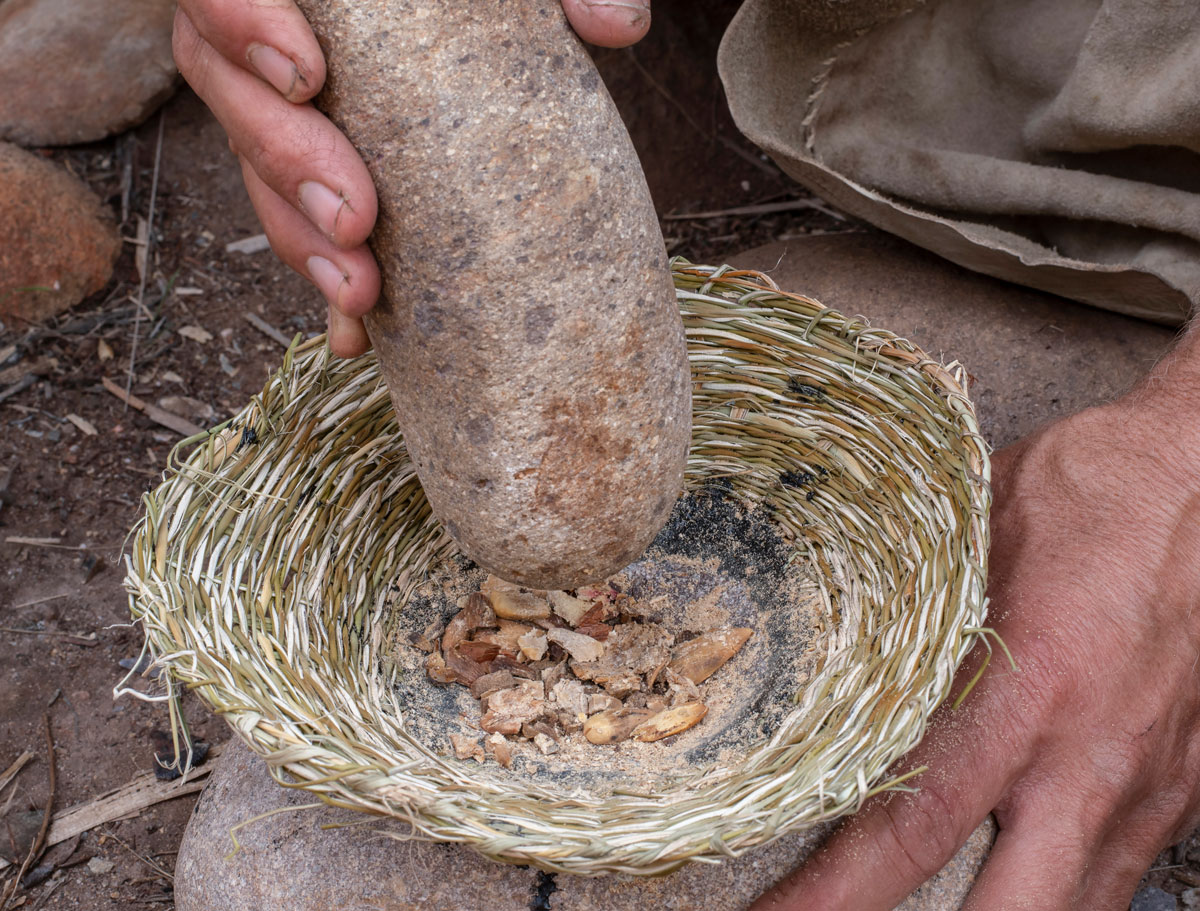
Students gather baskets of acorns, crack and dry them, and grind them up using modern hand grinders and the customary mortar and pestle before cooking and jarring the concoction.

District–tribal partnerships have long provided smaller rural schools some of the same supports and resources that nonprofits and other agencies do for schools in urban areas. In Lake County’s Upper Lake USD, the Habematolel Pomo of Upper Lake donated $125,000 to install lights on the high school football field — something the Upper Lake high school boosters club had been saving and fundraising to accomplish for about a decade, according to Superintendent Giovanni Annous.
But the aid didn’t stop there.
“The Habematolel donated $30,000 to the school district during the 2020–21 school year,” Annous said. “We didn’t ask, they just sent us $30,000 to help us through the process [of keeping students safe]. So that speaks volumes of what they’re willing to do for the community.”
Local tribes are willing and often wanting to work with the school districts that support their children, explained Fall River Joint USD trustee and Ajumawi tribe member, Ignacio Venegas. The Pit River Tribe — comprised of 11 autonomous bands including the Ajumawi — has donated more than 10,000 masks to the nearly 1,200-student district over the course of the pandemic, he said. And through the tribe’s federal contacts, the district was able to secure 5,000 COVID tests at a time when schools across the state were scrambling due to shortages.
“Districts need to be establishing relationships with their tribal communities. It helps the kids, it helps the schools, and it opens up different areas for them to have federal contacts,” Venegas said. “To me, it’s one of the resources that’s untapped. Tribes want to help support schools — they just don’t want the money thrown away.”
Before asking for money or resources, districts must address the underlying distrust Indigenous communities may harbor. Venegas said he can trace his “great, great, great, great grandma’s tipi circle in this district at Ajumawi State Park” in Shasta County and that the relationship with schools has long been strained. “A lot of us lost our culture through boarding schools,” he explained, adding, “I have uncles that graduated high school not even knowing how to read. They just passed them through school. I hate to say it, but our district was one of them. Natives were just looked on as troublemakers. No one wanted to reach them.”
Now, he said, things seem to be changing for the better.

In Upper Lake, the district has worked to strengthen relationships with the Robinson Rancheria and the Habematolel, who’ve been key partners in helping develop and train educators on local K-12 native history curriculum. Tribal education directors hold cultural events where Native students lead traditional games or share cultural practices, and present to district and school staff about the tribal history in the region. Educators felt so moved at one such event that one teacher became the advisor for a new Native American club, Annous said.
Meanwhile, Beniakem Cromwell, tribal chairman of the Robinson Rancheria Pomo Indians of California, started a club called the Wolfpack that meets weekly during the school day so that students can take part in guided conversations and experiences surrounding their culture. What started with about 10 students grew, with non-Native youth expressing interest as well. “That opened up the door for more engagement and cultural awareness among our kids,” Annous said.
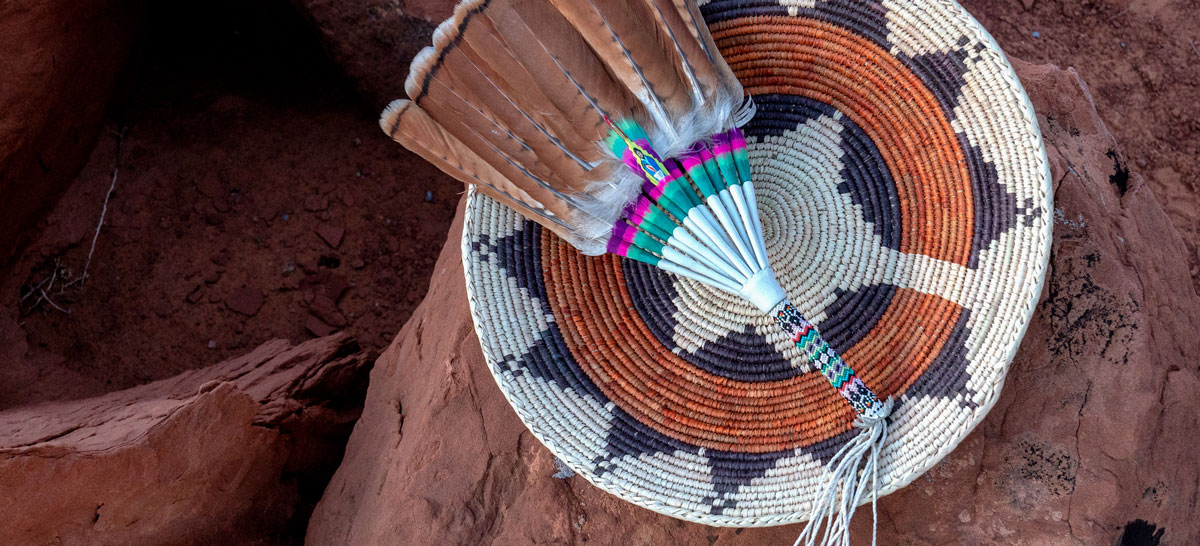
Additionally, the district offers a year-long Native American history course in conjunction with the local community college as part of its U.S. History course, allowing students to receive a college-level history credit. These efforts to be more inclusive of Indigenous youth and offer chances to express themselves and find a sense of belonging have paid off. “We’re seeing that we have some of our best academic achievements and our best athletic achievement,” Annous said.
Klamath-Trinity Joint USD uses celebrations of native culture to increase students’ feelings of connection with schools. In an effort to reduce high suspension rates among fourth graders while building their self-esteem, Robbins brought in various demonstration dances for students to perform that she had learned from an elder when she was in elementary school. It worked, and the number of suspensions in that fourth-grade class plummeted, she said.
“We even took a kid with special needs, who people gave us dire warnings [about having] ‘a huge behavior problem,’ but that kid turned into a leader in this venue,” Robbins said. “It was just amazing. He would be the person that would be in charge of taking out the regalia and helped to dress the other kids and dance. He was a totally different kid. We never had any problems with him. It’s finding those things that they can be successful at.”
Older youth have thrived too. Following the 2002 Klamath River fish kill, the largest salmon kill in the history of the Western U.S., students started a “salmon run” — a relay run to bring attention to the needs of the salmon — which continues to this day. Students who participate in the 300-mile run will camp for two or three nights. Most of the students Robbins chaperoned were from the district’s alternative education school, and just like their peers, she said they were responsible and engaged.
That local aspect is a critically important part of family engagement to the district, which created curriculum based on the history and culture of the local tribes aligned to state standards. Klamath-Trinity hosts community events focused on the curriculum, including a history night with games, food and a scavenger hunt with teams composed of all ages, from kindergarten children to grandparents.
“When we have our pre-service days for staff at the beginning of the year, I’ll give a presentation and I’ll tell them that what the boarding schools took away, we now have the opportunity to help put back,” Robbins said. “So do those lessons, make that extra effort to connect with your kids.”
These sorts of relationships between education systems and Native American communities are a far cry from the severe abuse and loss of life Indigenous children were subjected to during the 19th and 20th centuries, when the U.S. government forcibly relocated tens of thousands of them to boarding schools under an assimilation program meant to suppress their languages, beliefs and identities. Historians estimate that by the early-20th century, more than three-quarters of all Native children nationwide attended one of these schools.
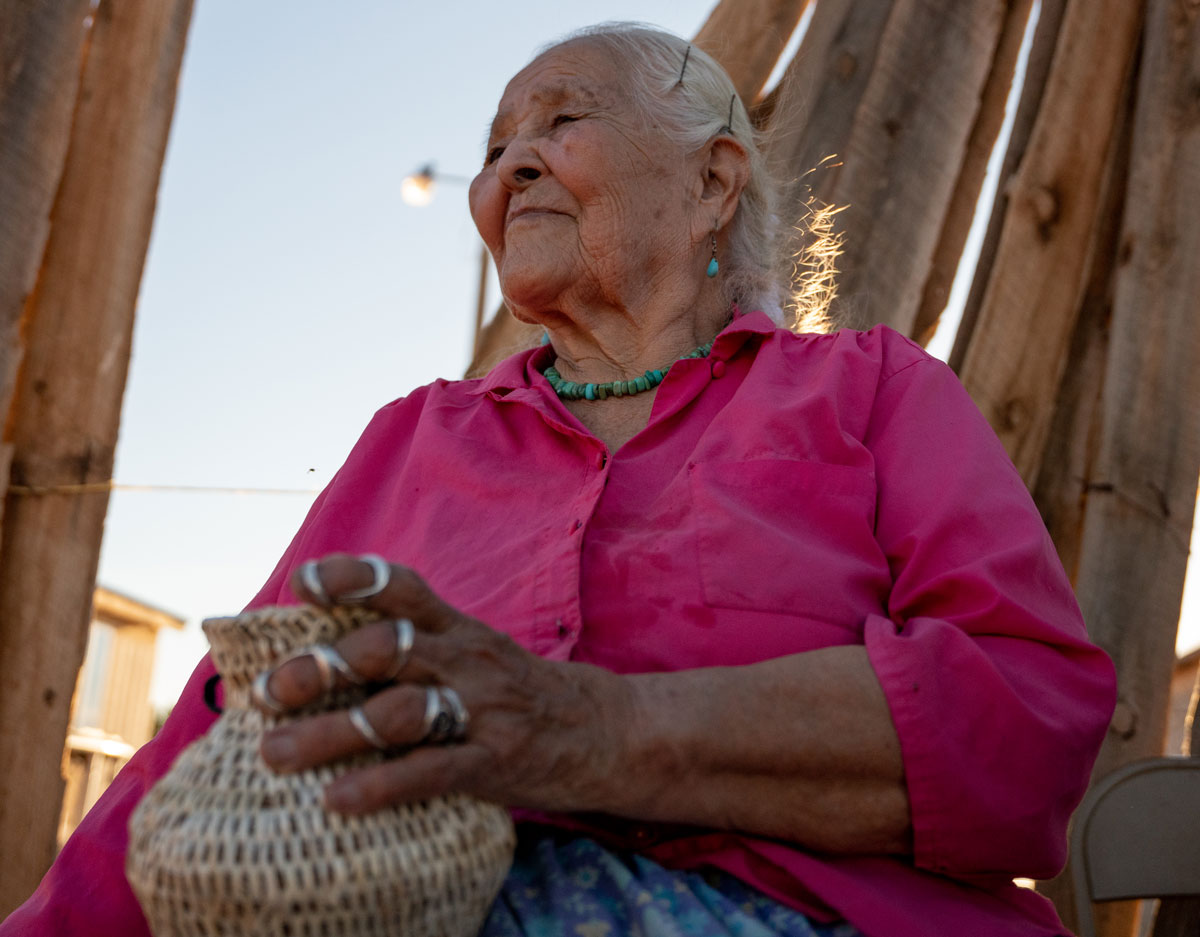
 from the American Psychological Association, “Honoring children: Treating trauma and adverse childhood experiences in American Indian and Alaska Native communities:”
from the American Psychological Association, “Honoring children: Treating trauma and adverse childhood experiences in American Indian and Alaska Native communities:”
- Indigenous children have the second highest overall rate of child maltreatment, represent 14.2 percent of child maltreatment cases, and experience neglect at a rate higher than any other population.
- Rates of PTSD among Native adults is akin to rates amongst war veterans, with estimates ranging anywhere from 6-19 percent.
- The suicide rate among Indigenous populations is higher than other racial groups, and “in particular regions may be extremely higher.”
- Native children are exposed to violence at higher rates than any other race, and 39 percent of Native women identified as victims of lifetime intimate partner violence.
- Approximately 15 percent of Native adults report being substance dependent or abusing substances.

As superintendent of a member district of the state’s Community Engagement Initiative, Annous said he’s listened to presentations about how to build community engagement that are often focused on Latino families. But conversations with local tribal families regarding the abuse their students had suffered in recent decades underscored the importance of understanding the unique histories and experiences of different disenfranchised student groups.
Latino families largely immigrated to the United States, much like Annous. “I’m an immigrant. I moved here by choice from Lebanon 39 and a half years ago, for the American Dream,” he said. “For Natives and African Americans, it’s different. One of them, their land was taken, the other one, they were taken from their land. So, their generational trauma is completely different. The approach to [addressing] it is going to be different.”
Upper Lake USD has been supportive of local tribes using art and culture as a means of addressing student and community trauma, new and old. In spring of 2021, the tribes brought in Hope Through Art, which worked with students on the process of painting a large mural over several days on a community main street in honor of a Habematolel tribal member as part of the Murdered Missing Indigenous Women (MMIW) Mural Project. Trauma education was also provided to students.
Such tragedies are not uncommon for Indigenous youth, who experience some of the highest rates of all adverse childhood experience indicators, which include physical, sexual and emotional abuse; intimate partner violence; household substance abuse; household mental illness; parental separation/divorce; and incarcerated household member.
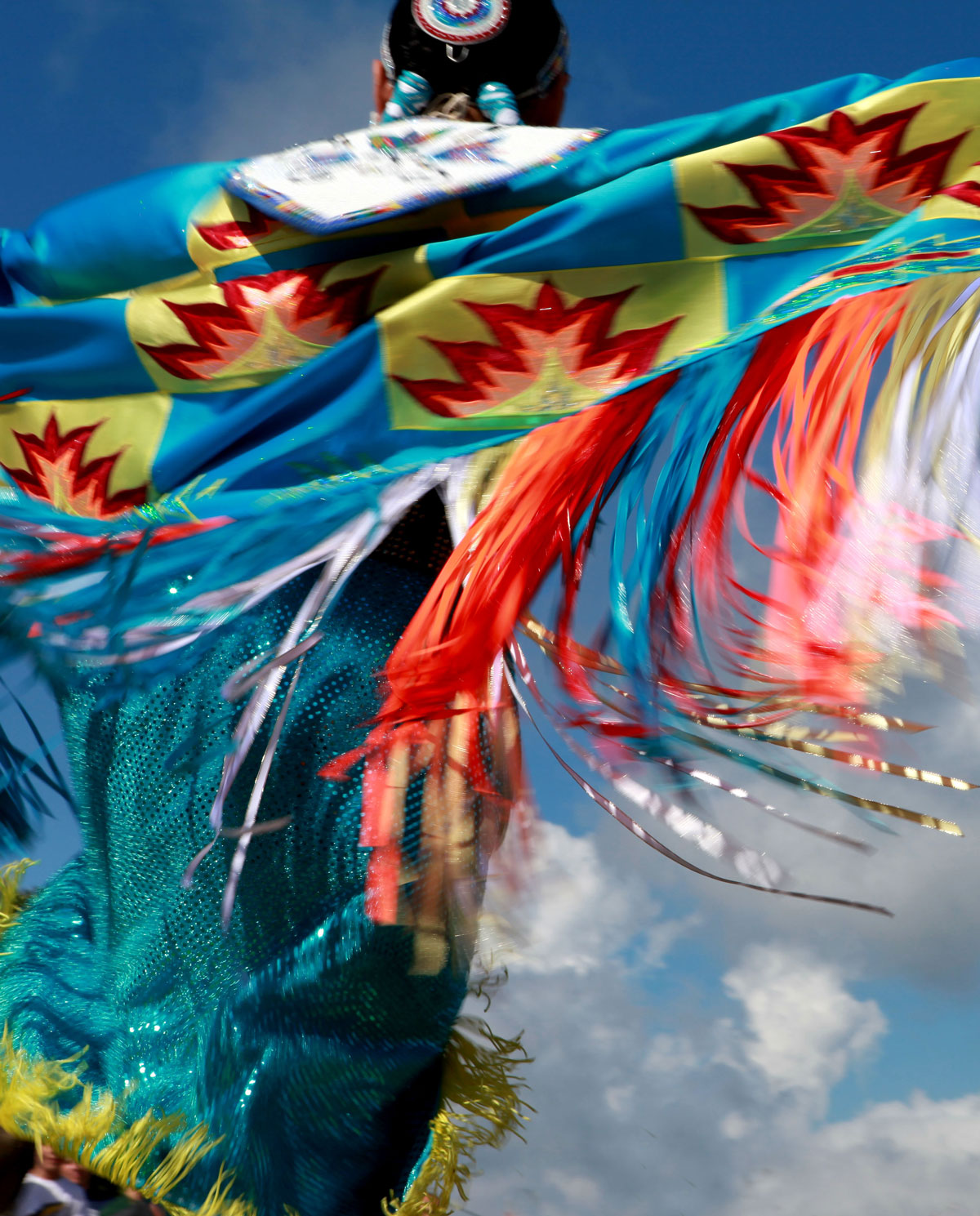
Such grim statistics are unsurprising when remembering how recently “it was legal for people in California to go out and shoot Indians and get paid by the state for their scalps,” George said. “We have great-grandparents that were alive during that time.” Klamath-Trinity Joint USD has taken steps to alleviate the impacts still felt today. The district has implemented social-emotional supports, opened a wellness center and coordinated a multi-tiered system of care, George explained, but the need can be overwhelming.
The district also offers parenting classes based on a native perspective. Some parents have next to no parenting skills, largely because they lacked healthy role models, Robbins explained. Their own parents likely attended a boarding school — some of them from as young as 3 years old — and their parenting model was the person that beat and starved them if they didn’t do exactly what they were told. One of the benefits of distance learning was that all the district’s curriculum was sent home with students, so adults gained more knowledge about local history and culture as well, Robbins said. “We got lots of compliments from parents on how much they appreciated the lessons that were being sent home with their kids that had to do with cultural native things.”
Changes are happening in Fall River Joint USD too. For instance, students used to take field trips to the Fort Crook Museum until Venegas learned from elders that it was George Crook who commanded the Pitt River Expedition of 1857, in which he said about half of the Ajumawi band was wiped out. “Now we’re going to his museum and honoring him? Once the district found that out, they stopped making the kids go there,” Venegas said. “You can’t change the world overnight, but it’s small things that get us going in the right direction.”

The first step toward healing is acknowledging the past and listening to the community to gain a deeper understanding of their needs. “We spent hours collectively listening and even apologizing,” Annous said. “You’re apologizing for the action, for the history. You’re not apologizing because you did something wrong. You acknowledge the pain, the injustice.”
Acknowledgement also requires action. To George, adequately including tribes in social studies textbooks should be an easy place to start. In current lessons on state sovereignty, also include tribal sovereignty and what that means. The treaty-making era is also a critical part of both U.S. and state history, she said. “A lot of biases come from the general population not knowing that there even was a treaty or what was in the treaty, or how it plays out today,” she said. “In California, we have the unique situation where there were 18 unratified treaties that were hidden by the federal government and never ratified, that the Indian tribes were never told about. What’s the result of all of that? I feel that’s history that all students and citizens need to know.”
For districts interested in delving into that history, Annous said all officials have to do is ask. Go to tribal events, engage with the community, and put in the effort regardless of the number of Native youths enrolled. “Every student matters. We are a 1,000-kid district. If somebody else reads this and they’re running a 45,000-student district, and they go ‘well, happy for them. They can focus on a hundred kids’ — you cannot disfranchise 1 or 2 percent of your kids,” he said. “There’s something inherent in us as educators to do the right thing. And the right thing is to pay attention to the small voice, [to the] two kids out of a thousand, to the ones that you haven’t heard from before.”
Alisha Kirby is a staff writer for California Schools.